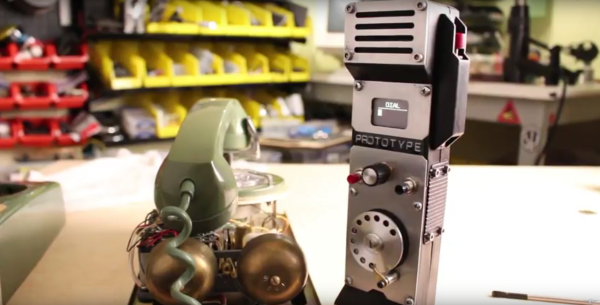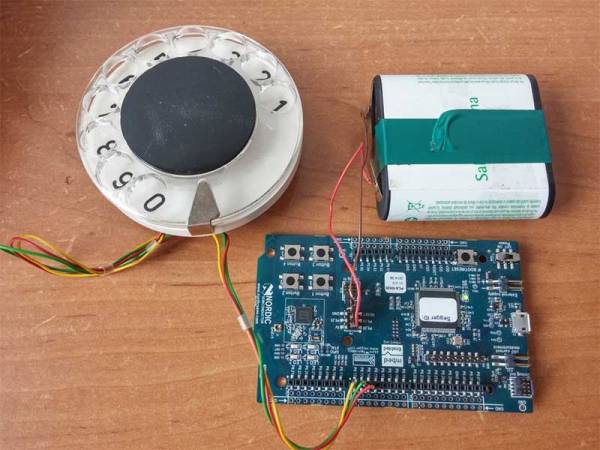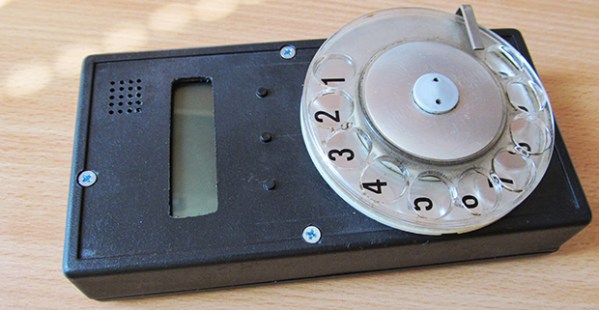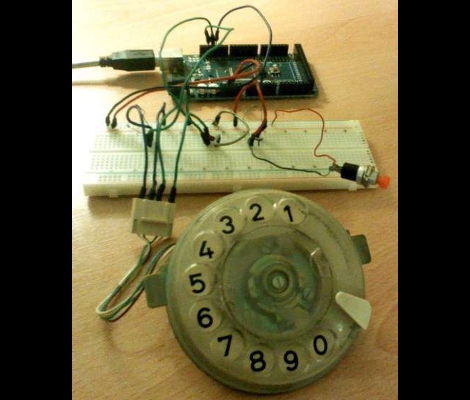It may seem like an odd concept to younger readers, but there was once a time when people rented their phones rather than buying them outright. Accordingly, these phones were built like tanks, and seeing one of these sturdy classics of midcentury modern design can be a trip down memory lane for some of us. So retrofitting a retro phone with a Raspberry Pi and Google’s AIY seems like a natural project to tackle for nostalgia’s sake.
The phone that [Alasdair Allan] decided to hack was the iconic British desk telephone, the GPO-746, or at least a modern interpretation of the default rental phone from the late 60s through the 70s. But the phone’s looks were more important than its guts, which were stripped away to make room for the Raspberry Pi and Google AIY hat. [Alasdair] originally thought he’d interface the Pi to the rotary dial through DIOs, until he discovered the odd optical interface of the dialer — a mask rotates over a ring of photoresistors, one for each digit, exposing only one to light from an LED illuminated by a microswitch on the finger stop. The digital interface brings up the Google voice assistant, along with some realistic retro phone line sounds. It’s a work in progress, but you can see where [Alasdair] is in the video below.
If stuffing a Google Pi into a retro appliance sounds familiar, it might be this vintage intercom rebuild you have in mind, which [Alasdair] cites as inspiration for his build.
Continue reading “Classic British Phone Gets A Google Makeover”
















